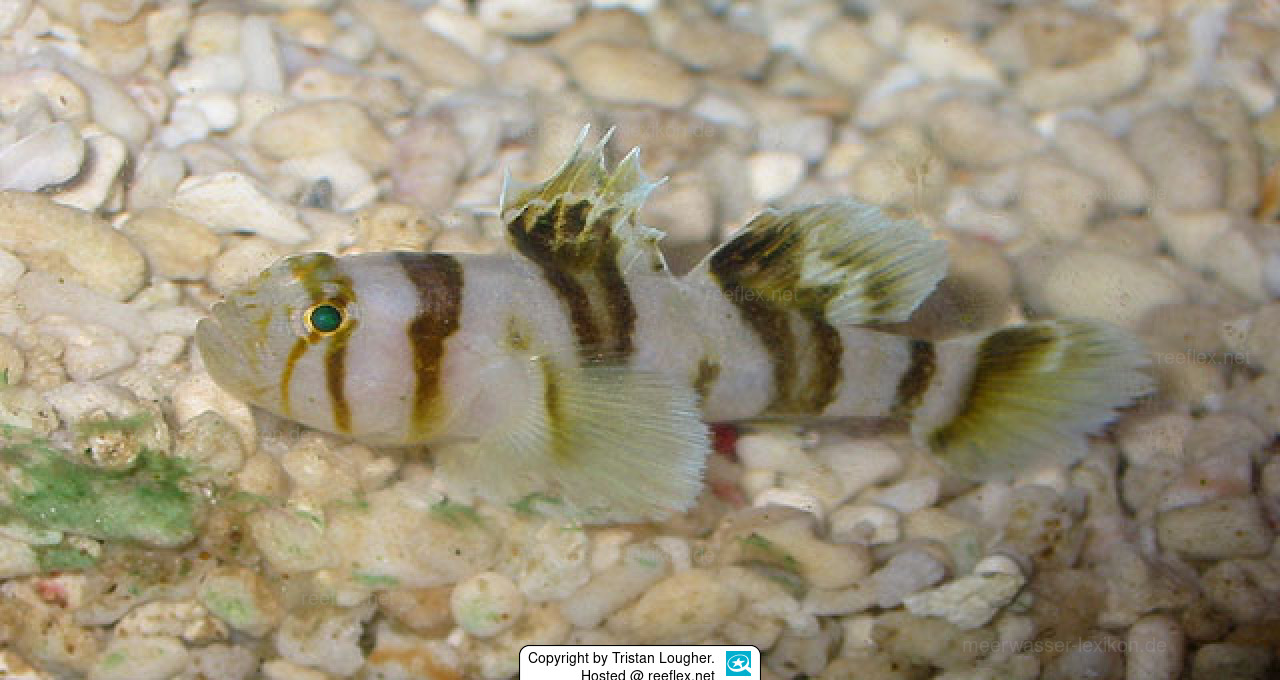Info
(Smith, 1957)
Very rare goby. Mostly they hang headfirst in caves in the rocks. Therefore they won't be seen very often. Easy to keep.
Synonym:
Ctenogobius nocturnus Smith, 1957
Classification: Biota > Animalia (Kingdom) > Chordata (Phylum) > Vertebrata (Subphylum) > Gnathostomata (Superclass) > Pisces (Superclass) > Actinopterygii (Class) > Perciformes (Order) > Gobiidae (Family) > Gobiinae (Subfamily) > Priolepis (Genus) > Priolepis nocturna (Species)
Jumping guard
A jumping guard prevents (nocturnal) fish from jumping out.
Wrasses, blennies, hawkfishs and gobies jump out of an unprotected tank in fright if their night rest is disturbed, unfortunately these jumpers are found dried up in the morning on carpets, glass edges or later behind the tank.
https://www.korallenriff.de/en/article/1925_5_Jump_Protection_Solutions_for_Fish_in_the_Aquarium__5_Net_Covers.html
A small night light also helps, as it provides the fish with a means of orientation in the dark!
Very rare goby. Mostly they hang headfirst in caves in the rocks. Therefore they won't be seen very often. Easy to keep.
Synonym:
Ctenogobius nocturnus Smith, 1957
Classification: Biota > Animalia (Kingdom) > Chordata (Phylum) > Vertebrata (Subphylum) > Gnathostomata (Superclass) > Pisces (Superclass) > Actinopterygii (Class) > Perciformes (Order) > Gobiidae (Family) > Gobiinae (Subfamily) > Priolepis (Genus) > Priolepis nocturna (Species)
Jumping guard
A jumping guard prevents (nocturnal) fish from jumping out.
Wrasses, blennies, hawkfishs and gobies jump out of an unprotected tank in fright if their night rest is disturbed, unfortunately these jumpers are found dried up in the morning on carpets, glass edges or later behind the tank.
https://www.korallenriff.de/en/article/1925_5_Jump_Protection_Solutions_for_Fish_in_the_Aquarium__5_Net_Covers.html
A small night light also helps, as it provides the fish with a means of orientation in the dark!







 Tristan Lougher, England
Tristan Lougher, England

































